When it comes to increasing strength and muscle, it’s easy to become lost in the reams and reams of contradicting advice and suspicious training personalities on social media. The cacophony can be overwhelming with so many workouts splits, food suggestions, and gym tips released hourly, especially if you depend on reliable fitness advice. However, if you browse through any bodybuilding forum, training programme, or blog, you’ll probably find one common workout technique that is supported by practically everyone: push, pull, legs routine (PPL).
The push, pull, legs method is straightforward, just like its name suggests, and it works for practically everyone in the weight room, from motivated beginners to jaded regulars trying to break through a training plateau. Therefore, if you want to try it, you’ve come to the proper location. First things first…
What is Push Pull Legs routine?
A push pull legs routine split separates your muscles into groups, with each group getting a separate workout on a different day. In addition to ensuring that there isn’t too much time between sessions, which may otherwise raise the likelihood of regression, this allows each muscle group to get the rest they require.
- Push day enables you to primarily work your chest, shoulders, and triceps in a single workout.
- Pull day allows the muscles utilised on Push Day to recover while you work on your Back, Traps, and Biceps.
- Leg day is exactly what it sounds like. Your lower body, which includes your Glutes, Hamstrings, Quads, and Calves, is being worked to the fullest while your upper body is taking a break.
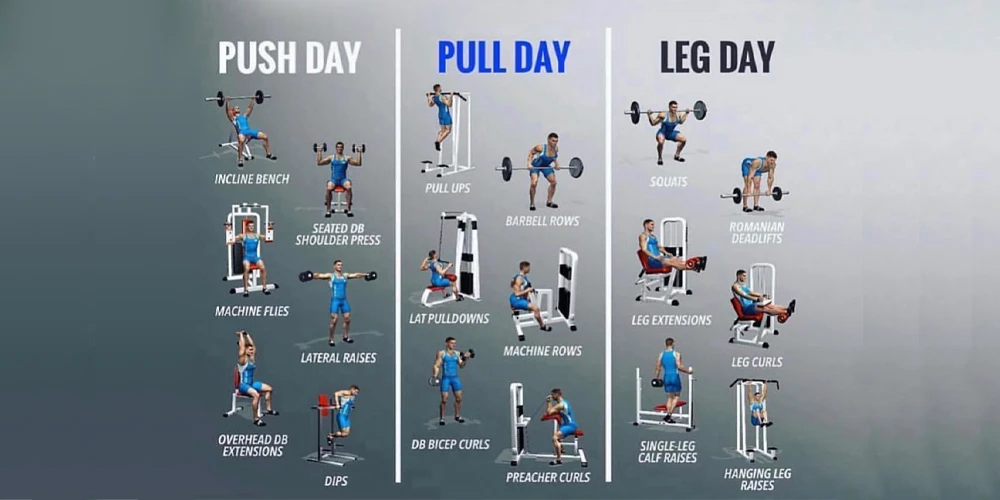
Push, Pull, Legs Workout
Ideally, you should follow each session twice a week, but for those who are very new to working out in the gym, once a week may be sufficient (more on that below). A divide like this might be the best push pull legs routine:
- Day 1 – Push: Chest, shoulders, triceps
- Day 2 – Pull: Back, traps, biceps
- Day 3 – Legs: Legs, glutes and abs
- Day 4 – Push: Chest, shoulders, triceps
- Day 5 – Pull: Back, traps, biceps
- Day 6 – Legs: Legs, glutes and abs
Compound actions, or exercises that engage multiple muscular groups, are typically the focal point of push, pull, and legs routines in order to get the most bang for your buck. Yash Birla, the author of the fitness book “Building The Perfect Body,” says that the push, pull, legs workout split is typically spread out across three to six days. If you really want to, you can cycle this into six days [per week] and do each day twice. You can do three days of push-dominant exercises, pull-dominant exercises, and all-leg workouts; this can be the best PPL workout split.
Mass-Building Basics
The Push, Pull, Legs training regimen is appropriate for anyone, whether you’re new to the gym or an experienced gym-goer, says Mr Yash Birla.
Expect neither Pec Dec sets nor Bicep Curls. The key reason for this is that the majority of these exercises are compound ones, such as the barbell bench press, squats, and deadlifts, which provide the greatest value for your time. They work a variety of muscle groups and provide the most flexibility for rep and weight development. For you, this means more growth.
What Does a Push, Pull, Legs Workout Look Like?
Any push, pull, legs routine will always have a similar basic idea, but there will be minor variations for people who are just starting out in the gym compared to those who are more experienced.
The adjustment of training days is the primary difference between the beginner programme and the advanced programme. The advanced trainer will work out two days a week while taking a day off, which will increase the frequency with which body parts are impacted and provide more opportunities for development and healing. Advanced exercisers will probably add more difficult exercises as their knowledge and technique advance.
Push, Pull, Legs Exercises: An Expert’s Opinion
Let’s start by exploring what makes the push, pull, legs methodology so well-liked now that you are au-fait with it. According to Yash Birla, the effectiveness comes from working out six days a week, particularly if you’re bodybuilding, so you can hit the muscle groups more frequently. The training split enables you to concentrate primarily on specific movement patterns if you only exercise three days a week, such as employing vertical and horizontal pushes or pulls in the same session and working your posterior and anterior chains in your legs in a different session.
Push, Pull, Legs Routine: Benefits
The simplicity of PPL is the main advantage. Every action you take is either a push or a pull; each is done on a different day. Every movement you make with your legs, you do with the other, says Yash Birla. Additionally, it correctly classifies movement so that you consider movement rather than specific muscle groups.
Who Should Avoid Push, Pull, Legs (PPL) workout?
By now, it should be evident that a push, pull, legs workout split has a plethora of benefits. Notably, though, it doesn’t imply that the training program is a one-size-fits-all approach. Instead, people who want to train with the PPL split should first determine their schedule, access to equipment, and level of fitness permit. Even three days a week might be too much. In that case, you might want to perform PPL in a full-body workout so that it will be the best possible training for you, but anyone can do it. Do not do it if you are short on time. PPL is intended for individuals who can attend three to six sessions each week.
Push, Pull Legs Routine: Tips and Advice
Therefore, how many days a week should you devote to PPL’s routine? It invariably depends on the person. It varies depending on the training experience, says Yash Birla.
People will be able to get moving with PPL three times a week, but after a month or two they will want to stop and start doing other things, such as full-body exercises. However, you can train six times per week if you are in a good physical condition and wish to do so; it will be a nice split to follow.


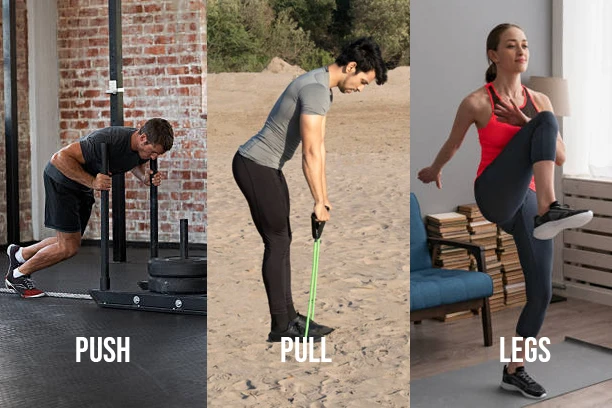

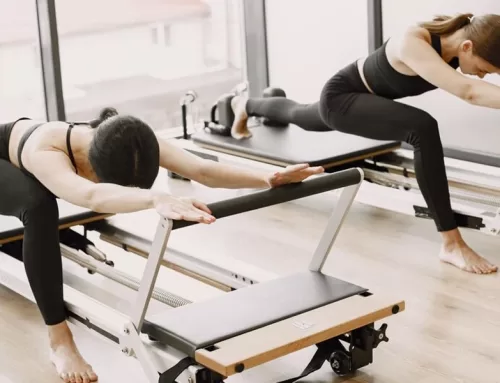
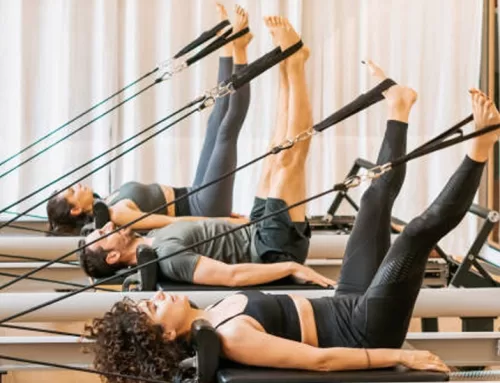

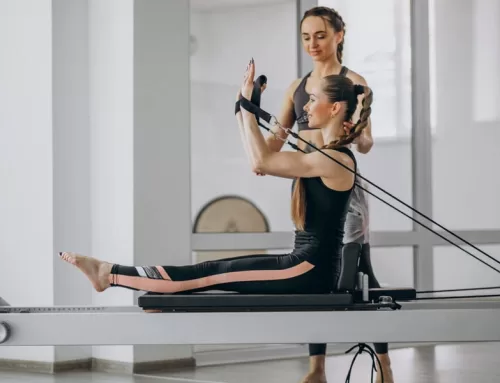
Leave A Comment